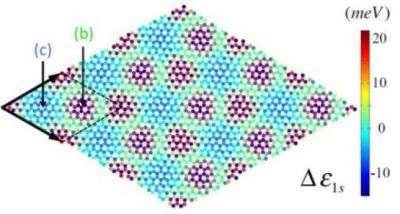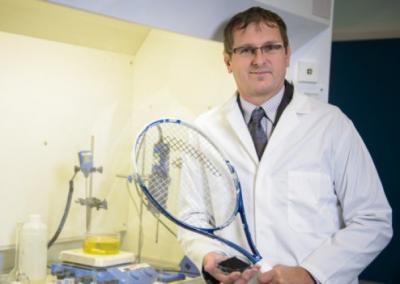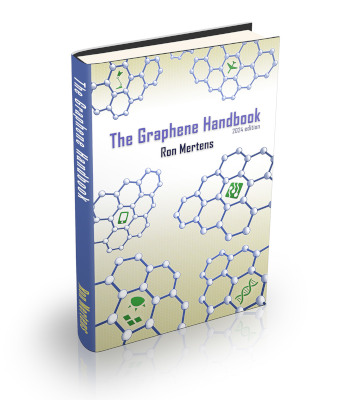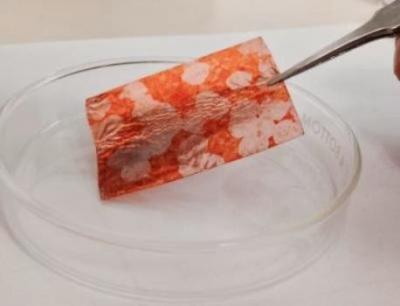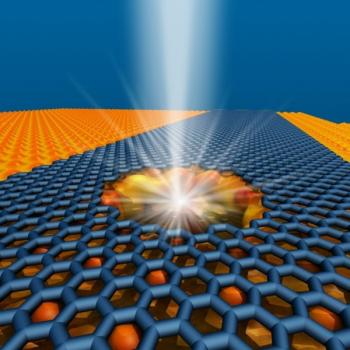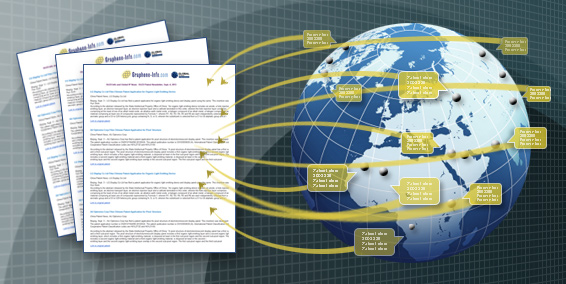Graphene used to build the world's smallest FM transmitter
Researchers from Columbia University used graphene to produce the world's smallest FM radio transmitter using NEMS (nanoelectromechanical system, a scaled-down versions of MEMS which are used mostly for sensing of vibration or acceleration). This is not a practical FM radio design, but this technology may be used in wireless signal processing.
The researchers built a voltage controlled oscillator (VCO) that is used to create a FM signal. They used graphene to make a NEMS device with a frequency of about 100 Mhz (FM radio uses 87.7 to 108 Mhz). Low-frequency music signals from an iPhone were used to module the carrier signal, and these can be heard by using an ordinary FM receiver.
